I have a Bar Chart made with Apache E Charts. For the label values, there is a white outline bordering the text. I have tried adjusting several options to try and get rid of it, but have had no luck. What is the option that would allow me to get rid of this white outline and just show black text?
Full options code per request:
const option = useMemo(() => {
if (data) {
return {
dataset: {
source: data,
},
textStyle: {
fontFamily: "'Open Sans', sans-serif",
},
title: {
text: "AR Aging",
left: "left",
textStyle: {
fontFamily: "'Open Sans', sans-serif",
},
},
tooltip: {
trigger: "axis",
axisPointer: {
type: "shadow",
},
},
color: ["#ff4242", "#ff4242", "#FFA500", "#fddc20", "#209c05"],
grid: { containLabel: true, height: "70%" },
xAxis: {
name: "Amount",
axisLabel: {
formatter: (params) => formatMoney(params),
},
},
yAxis: { name: "Period", type: "category" },
series: [
{
type: "bar",
colorBy: "data",
legendHoverLink: true,
label: {
show: true,
formatter: (params) => formatMoney(params.value[0]),
},
labelLayout(params) {
return {
x: params.rect.x + 10,
y: params.rect.y + params.rect.height / 2,
verticalAlign: "middle",
align: "left",
};
},
encode: {
x: "Amount",
y: "Period",
},
},
],
};
}
}, [data]);
formatMoney() takes a number and returns a formatted currency string. And my data object is something like this:
const data = [
["Amount", "Period"],
[100000, "180+"],
[90000, "91-180"],
[80000, "61-90"],
[70000, "31-60"],
[60000, "0-30"],
];
